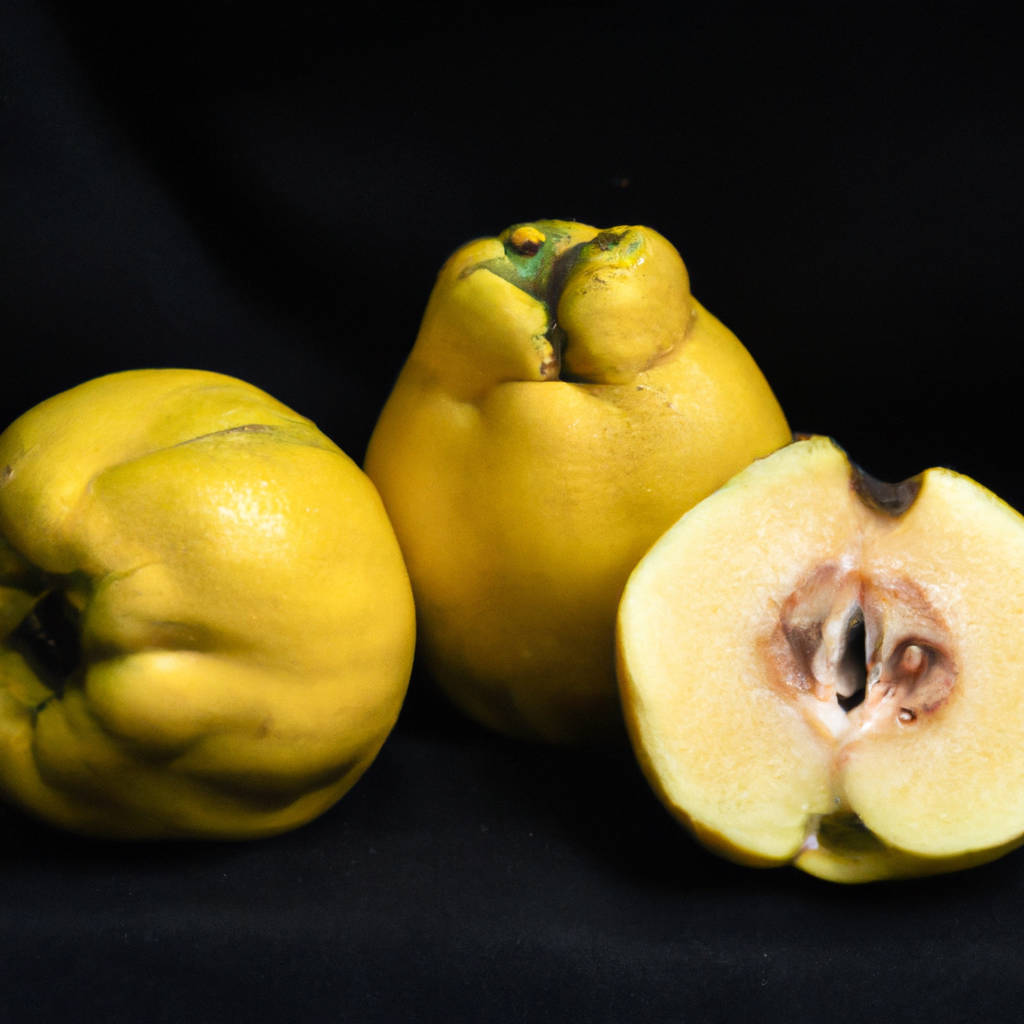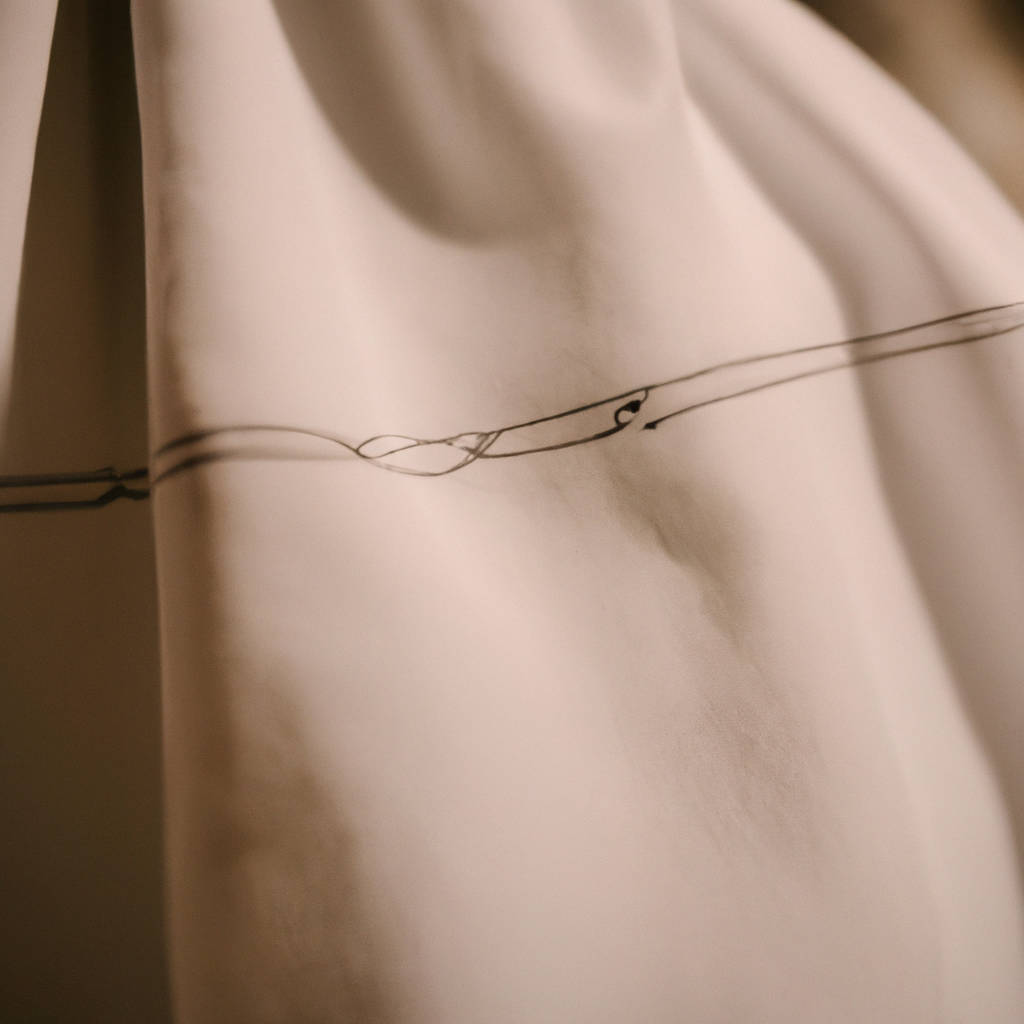Quince, a direct-to-consumer brand, has been making waves in the retail industry with its commitment to providing high quality products at affordable prices. The company’s ethos revolves around removing the middleman to offer consumers luxury goods directly from the manufacturers, ensuring cost-effectiveness. The main question, of course, is whether the quality of these products matches up to the affordability. Numerous reviews suggest that Quince delivers what it promises.
Their cashmere sweaters, for instance, are often compared to high-end brands in terms of softness and durability. The silk products, too, have been praised for their lustrous finish and longevity. In the home goods section, the Egyptian cotton bedding and Turkish towels have received positive feedback for their plushness and absorption capacity. As for the leather goods, customers have noted the fine craftsmanship and the use of full-grain, vegetable-tanned leather, which develops a unique patina over time.
However, it’s not just about the product quality. Quince also stands out for its ethical and sustainable practices. They ensure fair wages for their workers and utilize eco-friendly manufacturing processes. Plus, they offer transparent pricing, allowing customers to see exactly what they’re paying for.
So, while Quince’s lower prices may initially raise eyebrows, the rave reviews and the brand’s commitment to transparency, ethical sourcing, and quality assurance serve to dispel any doubts. The consensus seems to be that with Quince, you’re not just paying for a product; you’re investing in a philosophy that values both quality and fairness.

The Promise of Affordability: Can Quality Coexist with Low Prices?
The promise of affordability has always been a tantalizing draw for consumers, tugging at their practical sensibilities and economic constraints. However, the question that often arises is whether low prices can coexist with high quality. This is a topic that has sparked numerous debates and discussions, particularly in the realm of consumer goods and services. As globalization and competition intensify, many companies have started to offer products and services at lower prices, promising their customers both affordability and quality. But is this blend truly feasible?
The answer to this question isn’t black and white. On one hand, there are certain industries and markets where it appears that quality can indeed coexist with low prices. For instance, the success of budget airlines and discount supermarkets is proof that it is possible to deliver a satisfactory level of service or product at a relatively low cost. However, these companies often achieve this by drastically cutting down their operational costs and overheads, which may not be a sustainable or ethical business model in the long run.
On the other hand, there are numerous instances where low prices have directly resulted in a compromise in quality. This is particularly evident in industries where the production or manufacturing process is complex and requires a significant investment in resources or expertise. In such cases, a reduction in price often correlates with a drop in quality, as companies may resort to using cheaper materials or less qualified labor to cut costs.
Ultimately, the promise of affordability and the coexistence of quality with low prices is a complex issue that is highly dependent on the specific industry or market, the business model of the company, and the ethical considerations involved. While it is certainly desirable for consumers to have access to affordable, high-quality products and services, it is also essential to ensure that this does not come at the expense of fair wages, sustainable practices, and overall product integrity.
Material Matters: Investigating the Fabrics and Craftsmanship
Material Matters: Investigating the Fabrics and Craftsmanship dives into the intricate world of textiles and the artistry that goes into creating them. It is a comprehensive exploration of various fabric types, their properties, and how they are crafted. From the softness of silk to the ruggedness of denim, each material brings a unique set of characteristics that determine its usage and value.
This topic also delves into the craftsmanship involved in fabric production, highlighting the skills and techniques employed by artisans across the globe. Whether it’s the delicate handloom weaving of Indian sarees or the precision of Italian leatherwork, each process is an art form in itself that contributes to the overall quality and aesthetic of the final product.
The investigation also examines the impact of technological advancements on fabric production, including how they have revolutionized traditional methods and introduced new materials into the market. From synthetic fibers like polyester and nylon that offer durability and versatility, to sustainable materials like bamboo and hemp that address environmental concerns, each innovation broadens the possibilities in fashion and design.
All these aspects underscore the importance of fabrics and craftsmanship in our daily lives, shaping not just our clothing but also our homes and workplaces. Furthermore, by understanding the origins and making of these materials, we can appreciate their value and make more informed choices as consumers. When we consider the time, effort, and skill invested in each piece of fabric, we realize that material truly matters.

Customer Feedback: Insights from Those Who’ve Tried Quince
Quince is an organization that has gained significant attention for its unique approach to retail, offering high-quality, luxury products at affordable prices. Analyzing the feedback from customers who have previously tried Quince, we can gain valuable insights into their experiences and perceptions.
The majority of customers appreciate the brand’s commitment to providing luxury items at a fraction of the traditional cost. Many are impressed by the quality of materials used in the products, with a particular emphasis on the craftsmanship. Comfort, fit, and durability are frequently mentioned in the comments, indicating a high level of product satisfaction.
Moreover, Quince’s commitment to ethical sourcing and production is frequently praised, reflecting an appreciation for the brand’s social responsibility. However, some customers have raised issues with the brand’s delivery times, noting that it can be longer than expected. Others have commented on sizing inconsistencies across different product lines.
Encouragingly, there is a general consensus that Quince’s customer service team is responsive and quick to address any concerns or issues, reflecting a strong commitment to customer satisfaction. In summary, the feedback from customers who have tried Quince indicates a high level of satisfaction with the product quality and value for money, balanced with some recommendations for improvement in delivery times and product consistency. This feedback suggests that Quince is succeeding in its mission to make luxury affordable, while also highlighting areas for further enhancement in its operations.
Sustainability Spotlight: Is Quince Truly Eco-Conscious?
Quince, a fashion brand that prides itself on its eco-conscious ethos, has been the subject of scrutiny and praise alike. The sustainability spotlight has been shone on the brand, questioning whether it is as environmentally friendly as it claims. As a company that advocates for ethical sourcing and production, Quince asserts its commitment to a minimal carbon footprint by using direct-to-consumer technology and sustainable materials.
However, critics argue that while Quince’s practices may be a step in the right direction, the brand still has a considerable journey to undertake in order to truly embody eco-consciousness. They highlight that while the company uses organic materials, it continues to utilize traditional manufacturing processes that are known to be environmentally harmful.
Moreover, the brand’s commitment to high quality and long-lasting products, while commendable, is not necessarily synonymous with sustainability. It is argued that a truly sustainable model would incorporate a more comprehensive approach to circularity, including initiatives such as recycling, repair, and resale schemes.
Furthermore, critics point out that Quince’s transparency regarding its supply chain and production practices is lacking. The brand does not provide detailed information on how and where their products are made, nor does it disclose the environmental impact of its operations. This lack of transparency raises questions regarding the company’s sustainability claims.
While Quince is making commendable efforts to align with eco-conscious principles, to become a truly sustainable brand, it must address these concerns and become more transparent about its operations and practices. The sustainability spotlight on Quince serves as a valuable reminder that brands must do more than just talk about sustainability – they must incorporate it into every aspect of their business model and operations.

Comparing Apples to Oranges: How Quince Stacks Up Against High-End Brands
Quince is a brand that is gaining recognition for its high-quality products despite not being as widely known as other high-end brands. This company’s approach to quality and affordability often draws comparisons to the age-old saying, “comparing apples to oranges.” With its focus on high-quality materials and craftsmanship, it’s not surprising that Quince is being compared to more renowned, luxury brands, yet its pricing strategy sets it apart. Unlike high-end brands, which often mark up their prices significantly, Quince employs a direct-to-consumer model that eliminates middlemen, enabling them to offer their high-quality products at a fraction of the cost.
The products from Quince certainly hold their own when pitted against those from illustrious luxury brands. For instance, their cashmere sweaters are crafted in the same mills that produce garments for high-end labels, yet they are available at a much more accessible price point. Similarly, their leather goods, made from ethically sourced, genuine leather, are comparable to upscale brands in terms of quality and design, but again, without the substantial price tag.
Quince’s commitment to transparency and ethical sourcing also sets it apart from many luxury brands. It is able to trace the origin of its products, ensuring they are ethically produced, which is not always the case with high-end brands that outsource their manufacturing. Quince also offers a wider range of sizes, catering to a more diverse group of consumers, which is another point of differentiation from high-end brands that tend to focus on a narrower range of sizes.
In essence, comparing Quince to high-end brands is not about determining superiority, but about highlighting the unique value proposition each offers. While high-end brands offer prestige and exclusivity, Quince is carving out a niche in offering high-quality, ethically-produced products at a more affordable price. It’s a refreshingly different approach in the world of retail, proving that quality doesn’t always have to come with a hefty price tag.

